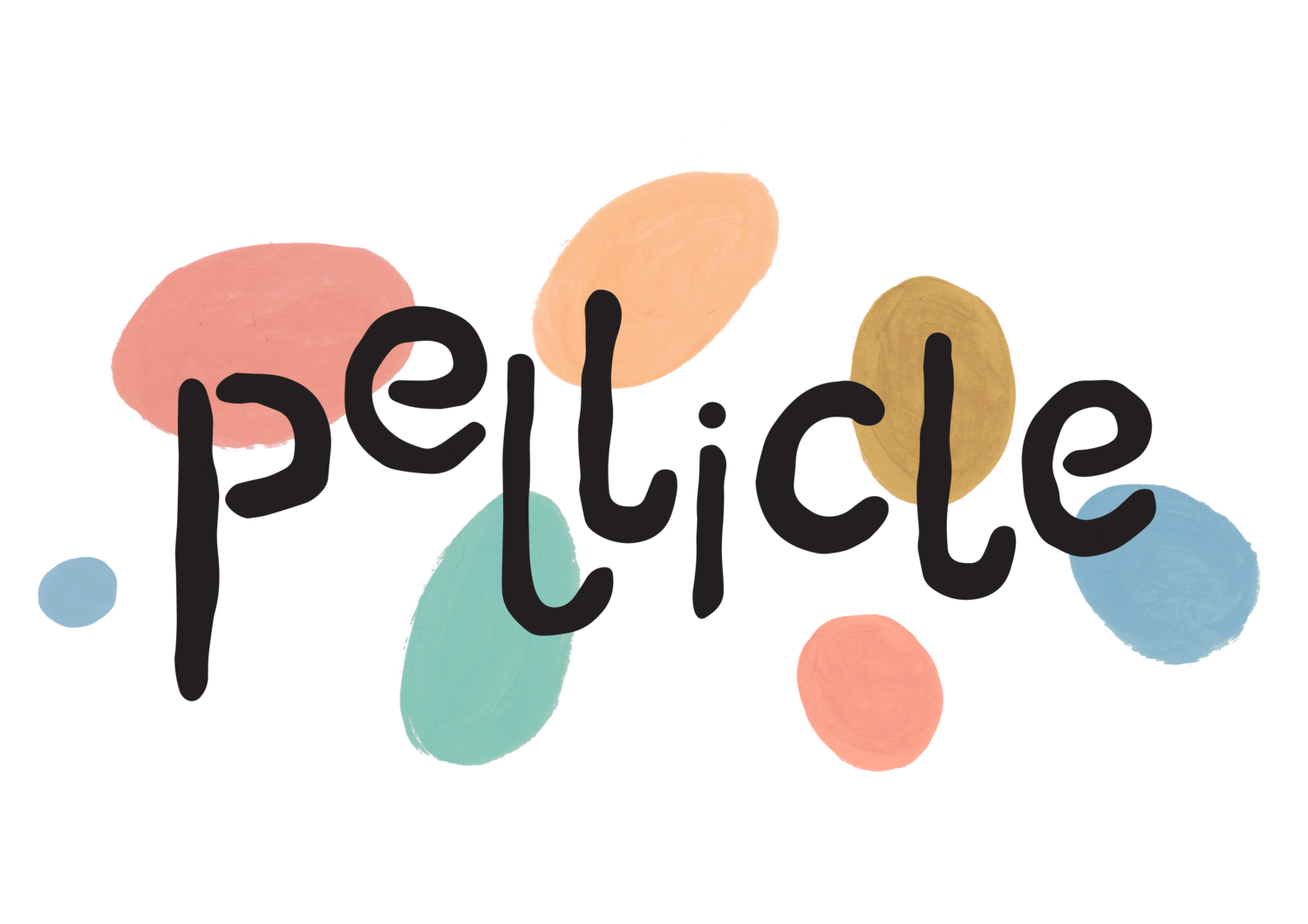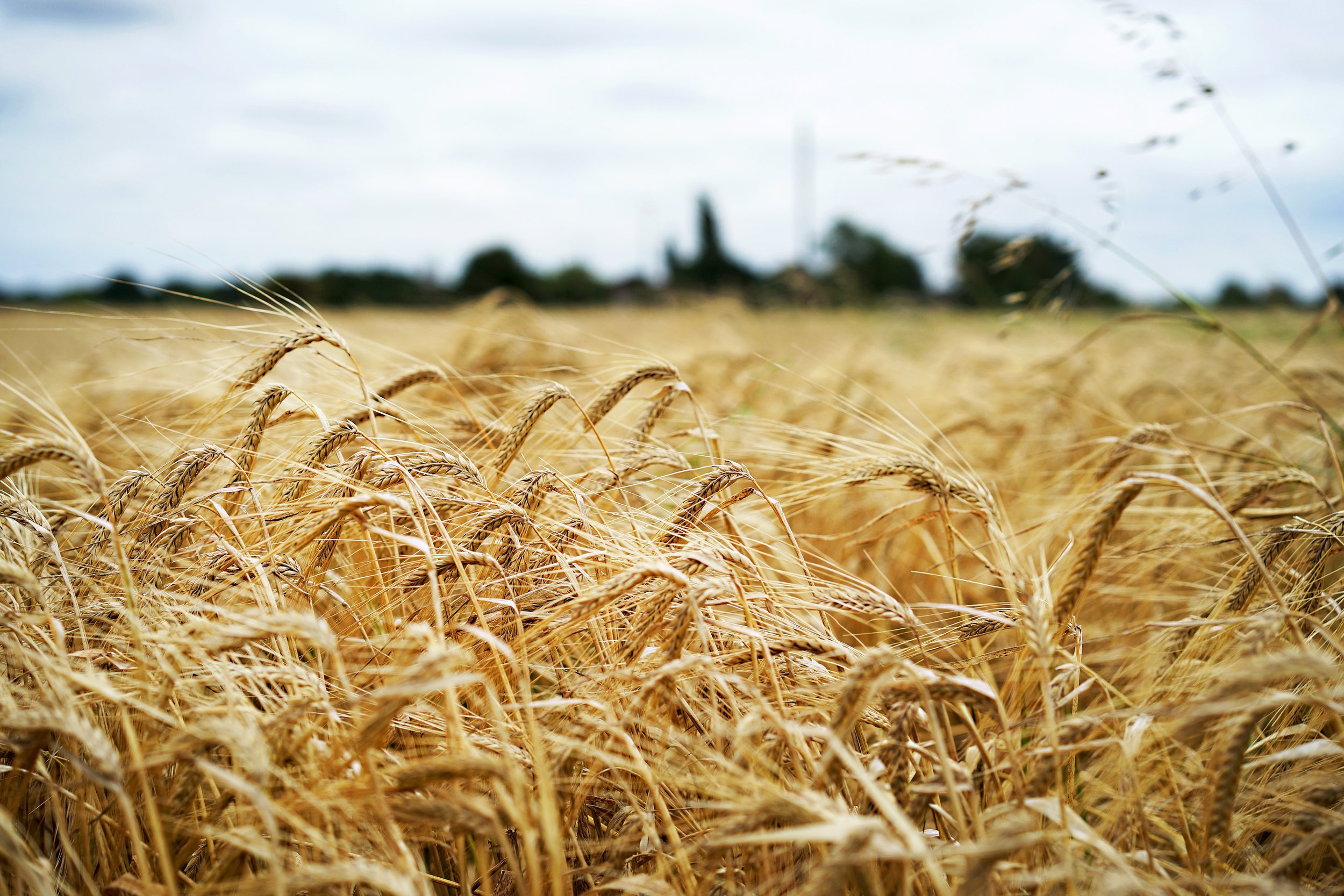The Irish for Stout — O’Hara’s Leann Folláin and the Making of a Cult Classic
Seamus O’Hara never intended to brew a cult beer, but it doesn’t really work like that. It’s a status achieved organically, through a confluence of circumstance, serendipity, and time.
The canny brewer might, with a couple of judicious decisions, nudge things in the right direction. The beer should have a backstory, and have meaning for the brewery. It needs to be good, great even. And strong. Brewing a niche style helps, as does something that leans into tradition. It shouldn’t be too easy to get—you’ve got to make fans work for their beer. Give it a good name, memorable, confusing, or mysterious.
Then wait, and hope time and alcohol work their alchemical magic. With luck and patience—and a bit of business sense—a good brewer might end up like Seamus O’Hara, and produce a beer like O’Hara’s Leann Folláin extra Irish stout. The kind of stout that will have people like John Duffy, Irish beer writer of the year in 2022 and better known as The Beer Nut, saying things like, “in a sane country… have a following of people who aren't turbo beer nerds.”
Not bad going for a man who didn’t even want to brew stouts to begin with.
***
At lunchtime in Bowe’s on Fleet Street, a bottle of Leann Folláin from the fridge is all milk chocolate and molasses, demerara sugar and dates.
***
2008 was an important year for Seamus and the Carlow Brewing Company. It was 12 years since he’d co-founded the brewery with his brother, and 10 since they’d started selling beer from an old goods shed beside Carlow town train station. They’d had a solid decade of export-led growth, and with local interest finally starting to catch up, O’Hara was eyeing up a move to a larger site in nearby Bagenalstown.
““We’d seen American breweries doing milk stouts and peanut butter stouts and all these kinds of things, which I hate.””
It was, Seamus says, an “inflection point”—for them and for Irish brewing too. O’Hara’s, together with Porterhouse and Dublin Brewing Company, had all launched in the mid 1990s into what Seamus describes as a “one-dimensional” Irish beer market lacking in adventurous or creative beers. In the mid-2000s they were joined by a new generation of breweries prompted by changes to excise rules that favoured small producers, and Irish drinkers were becoming (a little) more adventurous.
“I don’t think brewing was really viable before then,” Seamus says, speaking in a conference room at the Bagenalstown brewery. “But we somehow managed to hang in there and could see the tide turning.”
Seamus wanted to mark the 10th anniversary of the brewery’s commercial launch with a couple of one-off commemorative beers, one of which he and then-head brewer Liam Hanlon decided would be a stout called Celebration. Back in the mid-1990s, stouts weren’t something Seamus was interested in brewing. His interest in beer had been sparked during his time working in the pharmaceutical industry in England, spending evenings drinking Boddingtons and Old Peculier and whatever the weekly cask special was in pubs around Manchester. Stout was not on his radar.
Illustrations by Mark Hill
When he came back home, he saw that the market was dominated by the industrial breweries and thought, “What's the point of another stout?” So, O’Hara’s launched in 1998 with a wheat beer and a red ale. Within a year they were joined by O’Hara’s Irish stout; it transpired that the Irish market wasn’t yet ready for a brewery that didn’t brew stout.
A year later, this 4.3% stout—the stout Seamus never wanted to brew—won a gold medal at the International Brewing Industry Awards in London, launching the brewery’s profile internationally, and cementing stout as a key part of their core range.
O’Hara’s celebration stout would be based on this beer, but with a little something extra. Within reason. “We’d seen American breweries doing milk stouts and peanut butter stouts and all these kinds of things, which I hate,” Seamus says.
Instead, he chose to brew a more robust, richer-flavoured 6% ABV stout in the foreign extra style—a niche barely brewed at the time save for one obvious Dublin-based exception. Brewed in limited quantities, packaged in 75cl swingtop bottles, and launched in early 2008, such was the positive feedback that within a year O’Hara’s had brewed a second batch. By November 2010, O’Hara’s were hosting a launch event at the Bull & Castle restaurant in Dublin for the now-permanent—and rechristened—Leann Folláin extra stout.
***
At dinnertime in UnderDog on the top of Capel St, Dublin, a glass of draught Leann Folláin is spritzy like cola, full of chilled red wine tannins, oak, and mocha ice cream.
***
Little has changed in the intervening 14 years. On a tour of O’Hara’s brewhouse, head brewer Davide Callegari says the difference between the stouts is that Leann Folláin has a little less roasted barley and a little more chocolate malt than its lower-ABV stablemate. Otherwise, it’s the same house yeast, the same extremely hard water (“the hardest in Ireland” Davide says with a smile,) the same Irish base malt, and more or less the same English hops—historically the brewery has used English Northdown, Challenger, and Fuggles.
It’s hard to be more precise because Seamus doesn’t want to share the recipe, and because he says anyway he’s more of a profile man than a recipe man. “We're working with live raw materials,” he says. “Harvests are different from one to the next, and we're looking for a consistent end product.”
That unique take on consistency is one of the keys to Leann Folláin’s success. “It's always good, it's always pleasant,” says Liam K, a beer writer and Carlow resident (who prefers not to give his full surname.) Over a couple of bottles down the back of Bowe’s pub in Dublin, Liam explains why the beer resonates with him.
“I'm fed up of hazy bloody IPAs,” Liam says. “Maybe that's part of Leann Folláin’s attraction—there's something quite familiar to it. It's like the bottles of Guinness that appeal to the auld lads in the pub.”
Ed Cahill, who runs Tully’s pub in Carlow town, echoes this sentiment. “When I know I'm lighting the fire, that's when I love to have it. It's a beer to savour and enjoy,” he says. “I’ll make sure the doors are closed, that I'm not going to be disturbed. It's something you want to spend a bit of time with.”
That O’Hara’s is a local success story only adds to their enjoyment of Leann Folláin. “It certainly is one of my favourite beers, both flavour-wise, and absolutely because it's from Carlow,” Liam says. “That wouldn't matter if the beer was awful. But it isn’t.”
Ed remembers back when he was sat in class at the local Christian Brothers school, which happened to be next door to the brewery, staring at steam pouring from the ceiling and wondering what on earth Seamus was up to. He remembers when it was hard to find a pub selling O’Hara’s in Carlow town, how far they’ve come since then, and how hard they’ve worked to get where they are now.
This is a brewery that has survived two recessions, the dot com boom and the Celtic Tiger, a banking crisis, Brexit, and Covid-19. Of that trio of breweries that opened in the 1990s only O’Hara’s is still operating. It’s held its ground as successive waves of new Irish breweries crowd onto the scene too—not just treading water but growing.
“ “When I know I’m lighting the fire, that’s when I love to have it. It’s a beer to savour and enjoy””
Now, consider the longevity of Leann Folláin, a beer that’s older than most Irish breweries operating today. From its vantage point up over the bar, or hidden away in a fridge underneath, , Leann Folláin has seen off all the hypes, the trends, the Johnny-come-lately’s, your white IPAs and brut IPAs and black IPAs of this world. And through the flux that has overcome Irish brewing in the past 15 years, has remained itself.
With less than 100 independent breweries now active in Ireland, it’s easy to forget the significance of this achievement, and just how different the beer scene was that leann Folláin debuted into in the late 2000s. John and Liam remember. They remember when spotting the bright green glow of an O’Hara’s tap badge through the window of a pub was like a lighthouse beacon in a storm.
It’s too easy to underestimate the impact of that kind of durability in an industry where attention spans are increasingly short, and business plans not much longer. If you stick around long enough, longevity takes on a character all of its own.
“When I go away, I realise we take it completely for granted that we have session strength and export strength stouts by the pint as a normal thing… It's great,” John says. “I would miss it massively if it was gone.”
And despite its niche popularity, or because of it, there’s always a chance it might, one day, be gone, if you’re not careful and you don’t drink it when you see it. Beers like Leann Folláin have a habit of being the first to go when money gets tight and belts tighter.
“Previously, I wouldn't have been surprised if one year it suddenly disappeared,” Liam says, “Because I often think, who the fuck is drinking it?!”
***
At bedtime, in an airport hotel room, a room-temperature bottle of Leann Folláin is soft, elusive almost, a velvet smooth espresso with burnt toast edges, quietly warm like a dozing fire.
***
Liam needn’t worry for now. At the Bagenalstown brewery, Leann Folláin’s future appears secure. In 2024 they brewed around 2,000 hectolitres (roughly 320,000 pints) of the strong stuff, roughly 6% of the brewery’s total output. They’ll continue to release limited-edition barrel-aged editions—there have even been experiments with a nitro version, hoping to capture some of the renewed attention from the ongoing stout revival that’s taken hold in Ireland and the UK recently.
Far from discontinuing it, Seamus appears keen to get it into more bars, and more draught lines in particular… Even if his preferred pint of Leann Folláin, perhaps thanks to his time in England, is a bottle at cask cellar temperature.
But despite potential anglophile leanings, Leann Folláin remains Irish to its core. “We're proud of our product as being from Ireland. [And] we do reflect in our branding a reasonable amount of Irishness,” Seamus says.
Leann Folláin, literally translates from Irish as “wholesome ale”, but because he says there’s no like-for-like word for stout in Irish, Seamus says it’s taken on another meaning too. “I don't know if some Irish speakers would argue with that,” he says. “But it's a good strapline: Leann Folláin, the Irish for stout.”

















